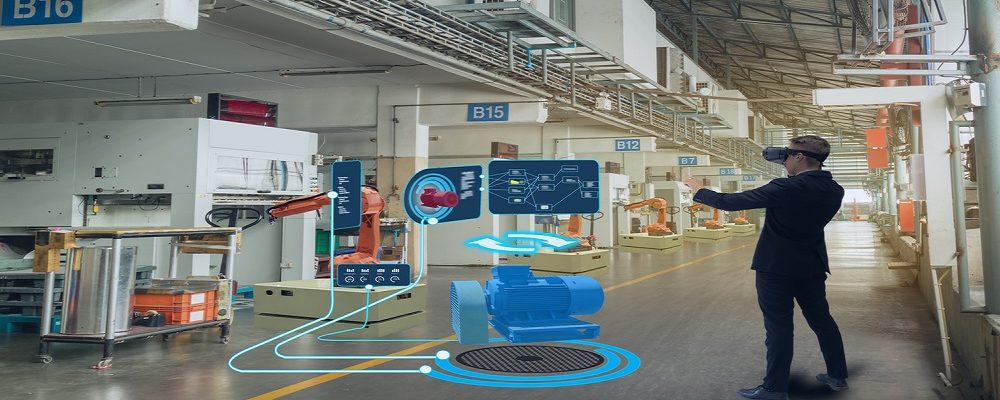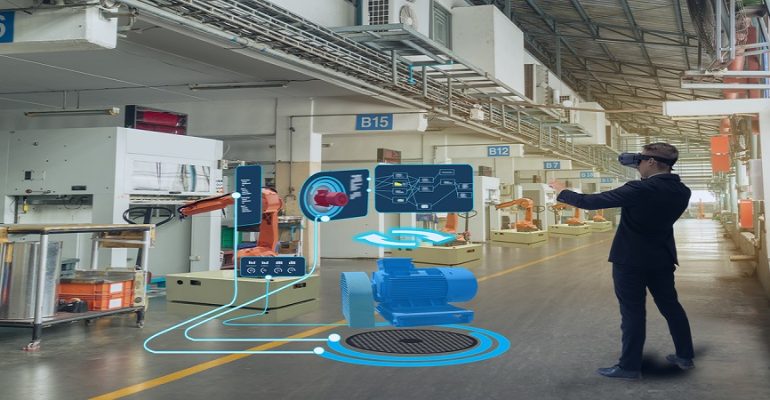
5 Barriers and Potential Solutions for Widespread Adoption of Extended Reality

5 Barriers and Potential Solutions for Widespread Adoption of Extended Reality
In this modern world, new ideas, enhanced communication, increased connectivity, and well-established infrastructure contribute to the rapid growth of new products. The development of advanced technologies like extended reality (XR) can bring various benefits to both organizations and consumers but still even after the development, there are significant barriers to widespread adoption of XR.
What is Extended Reality (XR)?
It encompasses augmented reality (AR), virtual reality (VR), and mixed reality (MR), which emerged as the game changer in this fast-growing technology environment. Applications for XR are promising and can be found in a wide range of sectors, including manufacturing, entertainment, healthcare, and education etc.
XR faces a lot of obstacles to wider adoption, despite its potential. In this article, we will explore the 5 major barriers that slow down the broader adoption of XR solutions.
5 Common Barrier to the adoption of XR
1. Hardware
XR hardware such as XR headsets are very expensive, limiting access to a broader user base. These devices are also heavy, platform-specific, and limitation to show realistic content. This has hindered consumers in the widespread adoption of XR. Furthermore, it also took a lot of money and effort to create high-quality XR applications and content.
2. User Experience
Long-term usage of XR devices might cause some users to get fatigued, motion sick, or uncomfortable, which can hinder adoption. XR technology must improve in terms of comfort and user experience to attract a wider audience.
3. Privacy and Security Concerns
XR technology can raise concerns about privacy and security, as it often collects data about the real world and user actions. Ensuring the privacy of users and securing XR environments is a significant challenge.
4. Content and Application Development
Specialized knowledge and resources are needed to create engaging XR content and applications. Enhancing the accessibility of development tools and training programs is necessary to expand the pool of high-calibre XR experiences.
5. Limited Use Cases and Integration
The adoption of XR is hindered by a lack of practical use cases in many industries, as well as challenges in integrating XR into existing workflows and systems. Developing versatile, industry-specific applications and providing seamless integration solutions are essential for XR adoption.
Potential solutions to overcome XR adoption
1. Cost Reduction and Accessibility
As XR technology becomes more popular, manufacturing costs can decrease, making XR hardware more affordable. This can be further accelerated through mass production and demand. To lessen the financial burden associated with the purchase of XR hardware, governments and organizations may offer subsidies, grants, or tax breaks.
2. Improvement in User Experiment
Lighter, more comfortable devices can reduce user discomfort. Continue to develop XR hardware with a focus on user comfort and ergonomics. Investing in research and technology to minimize motion sickness, such as improving tracking, increasing frame rates, and optimizing user interfaces.
To maximize XR experience and minimize pain, give users instructions and training.
3. Privacy and Security
There are technology rules should be established and strictly enforced to safeguard user security and privacy. Provide clear opt-in and opt-out options so that users may decide what data is gathered and shared. The XR developers need to be encouraged to follow the best practices for data security and privacy protection.
4. Content and Application Development
Invest in educational programs, workshops, and resources to train developers in creating high-quality XR content and applications. Promote the development and use of open-source XR development tools and libraries to lower the entry barriers for content creation.
5. Use case Integration
Promote cooperation between XR developers and business leaders to find and develop worthwhile XR applications for various industries. Also, collaborate with companies to develop XR solutions that are tailored to their requirements and work well with the workflows.
Wrap Up
By addressing the barriers and implementing the solutions, we can remove the obstacles and put these fixes into practice. By doing this; XR can be widely adopted and can be used more in personal and professional contexts, driving innovation, and creating the more interactive digital world. These practices are crucial in achieving the transformative potential of XR solution for people from various industries.
Sapizon Technologies is a leading XR solution company that builds tailored XR solutions for various industries.
